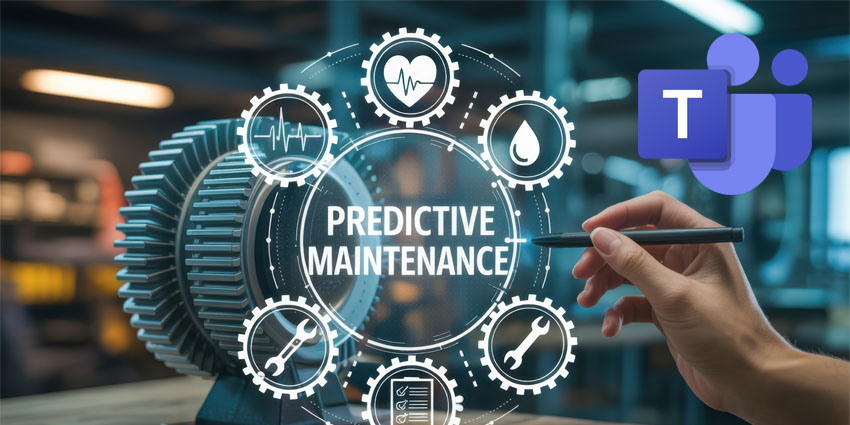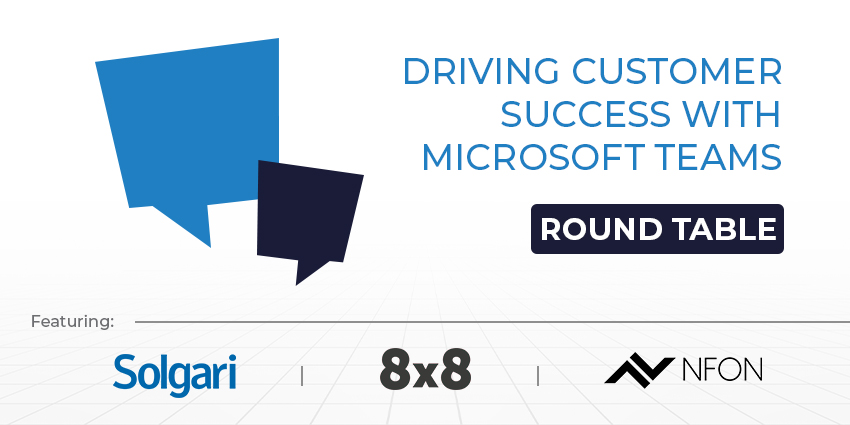Despite years of hype around AI-driven transformation, a recent industry report has revealed a sobering reality: most enterprise AI projects remain stuck in pilot mode.
According to Riverbed AI’s 2025 State of AI Readiness for AIOps Report just 12 percent of AI projects have been fully deployed across organizations – even as enterprise spending on AI has doubled in the past year.
It’s a striking disconnect: unprecedented investment, but limited delivery.
“What we’re seeing is this motivation and energy around AI – everyone’s talking about it, budgets are growing – but the reality of getting from pilot to production is much slower,” Nicolas Leszczynski, Principal Solutions Engineer at Riverbed AI told UC Today.
“Only around 36 percent of organizations actually feel ready to operationalize their AI initiatives today.”
That gap between ambition and execution is widening, and it’s not just a question of technology.
The survey highlighted a complex mix of challenges: fragmented data, uncertain governance, skills shortages, and a persistent misalignment between leadership confidence and technical readiness.
While 87 percent of organizations report that their AI projects are meeting ROI expectations, many remain small in scale – more proof-of-concept than enterprise-wide transformation.
“There’s about a sixteen-point gap between what leadership believes and what’s actually happening on the ground,” added Leszczynski.
“IT leaders tend to overestimate their AI readiness compared to those managing day-to-day operations. It’s that reality check that’s holding many projects back from scaling.”
The Optimism Gap
Leadership optimism is one of the most persistent features of the current AI landscape.
Executives see the promise – improved productivity, better customer experiences, faster decision-making – but underestimate the complexity of deployment at scale.
Despite the fact that 86 percent of respondents last year said their organizations would be “fully ready to scale AI by 2028,” the same number said the same thing this year.
That circular optimism shows just how difficult it is to turn strategic intent into operational capability.
In other words, readiness isn’t growing as fast as investment.
According to Leszczynski, that’s not due to lack of enthusiasm, but a lack of foundational maturity.
Organizations know where they want to go. They understand the value, and they’re confident in the ROI. But gaps in data quality, integration, and alignment between teams are slowing down the journey.”
The Data Dilemma
Data has always been the fuel for AI – but for many enterprises, it’s contaminated fuel.
Fewer than half of respondents say they’re confident in the completeness and accuracy of their data. Without high-quality, connected data, AI models struggle to deliver meaningful or trustworthy insights.
“Eighty-eight percent of organizations recognize that they need high-quality data to drive automation and AI,” added Leszczynski.
“But when you look at the metrics, they’re just not there yet. The data they’re gathering isn’t consistent enough or granular enough to support large-scale AI initiatives.”
The issue is especially visible in Unified Communications (UC) – where poor data visibility has a direct impact on employee experience.
Riverbed’s research showed that employees spend around 42 percent of their week using UC tools like Teams or Zoom, and that 15 percent of all IT helpdesk tickets are related to UC performance issues. For one in five of those tickets, resolution takes more than an hour.
That’s a huge drag on productivity – and a clear opportunity for AI to add value.
Is AIOps a Path Forward?
If there’s a bright spot in the research, it’s AIOps (Artificial Intelligence for IT Operations).
While much of the AI ecosystem remains experimental, Riverbed says AIOps is delivering tangible, measurable results.
According to the report, 87 percent of organizations already report positive ROI from AIOps initiatives , and many see it as the most mature entry point for operationalizing AI in their IT stack.
In Riverbed’s case, the approach focuses on gathering high-resolution, real-time data from across the IT landscape from endpoints and network infrastructure to applications and UC platforms. That data then feeds into an intelligence layer capable of identifying patterns, diagnosing performance issues, and accelerating root cause analysis.
“The reality of UC performance issues is that they can come from anywhere – the endpoint, the network, the SaaS layer, or the configuration itself,” said Leszczynski. “With AIOps, you get a complete, correlated view across all of those elements. That’s what allows you to act in real time and improve the employee experience.”
The Road Ahead
If 2024 was the year of AI experimentation, 2025 looks like the year enterprises start demanding results.
Investment is no longer the issue – execution is. And while the AI readiness gap is real, progress is happening: foundational work on data, monitoring, and alignment is setting the stage for broader adoption in the next few years.
“I think we’re seeing real progress,” Leszczynski concludes. “The enthusiasm is there, and the ROI is clear. The next challenge is scale – taking what works in pockets and making it part of the enterprise fabric. That’s where the real transformation will happen.”







